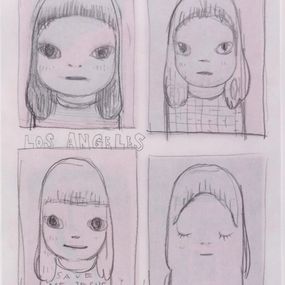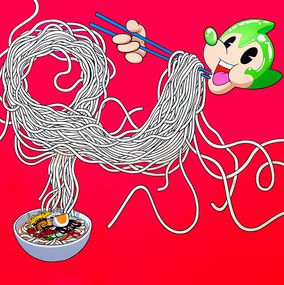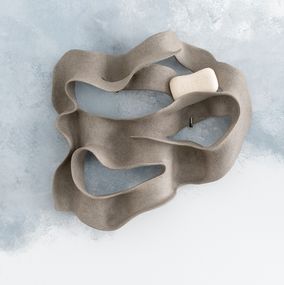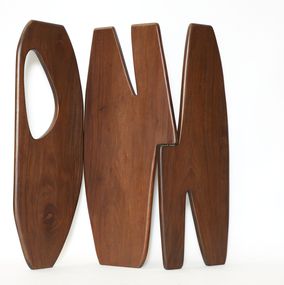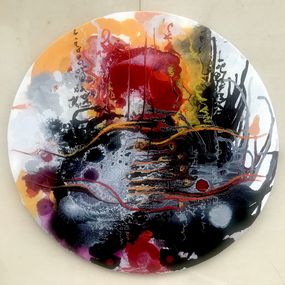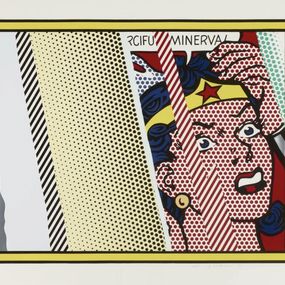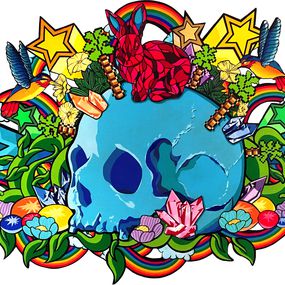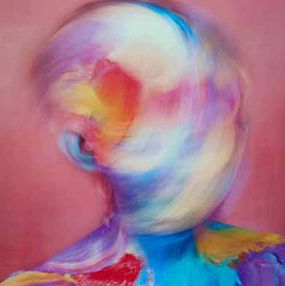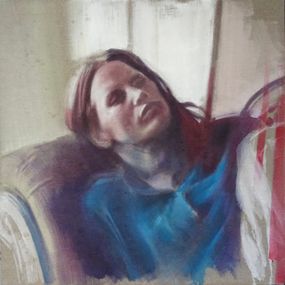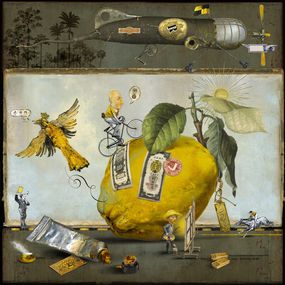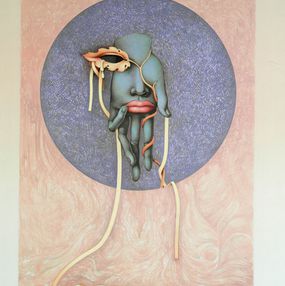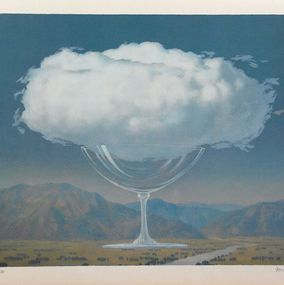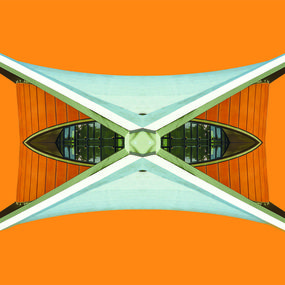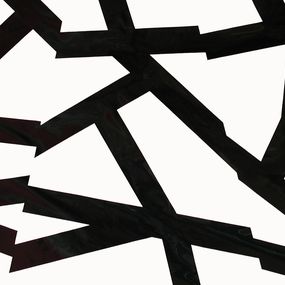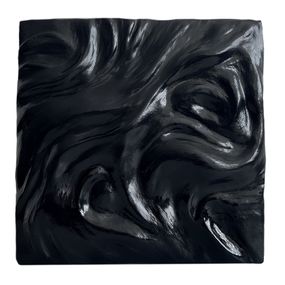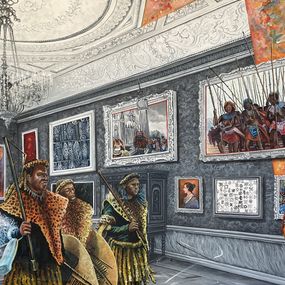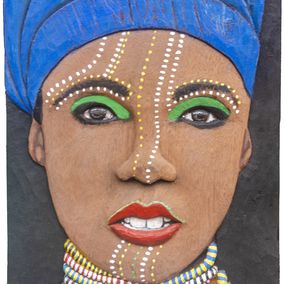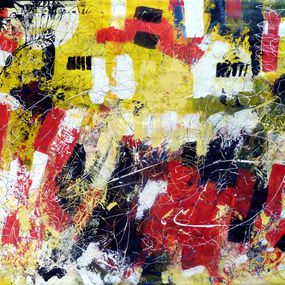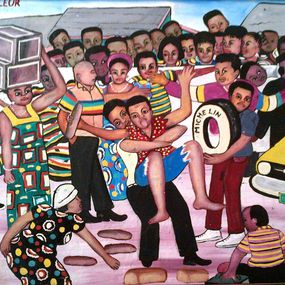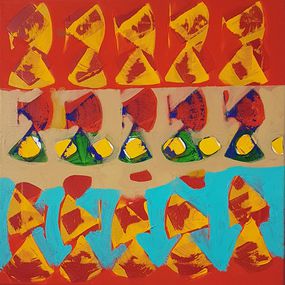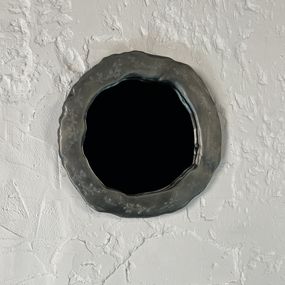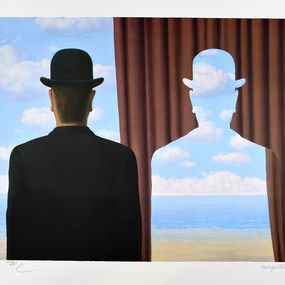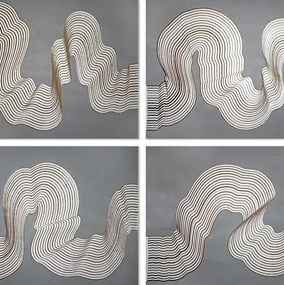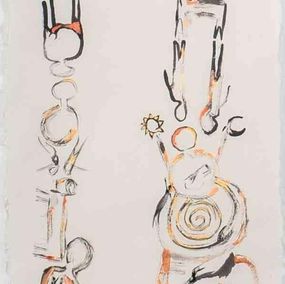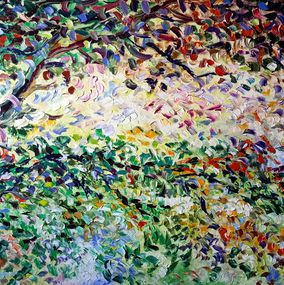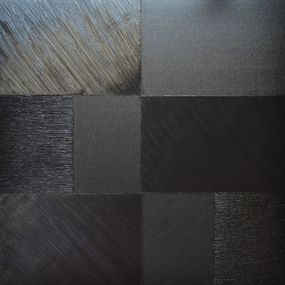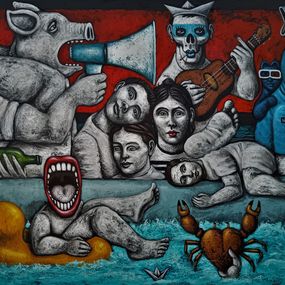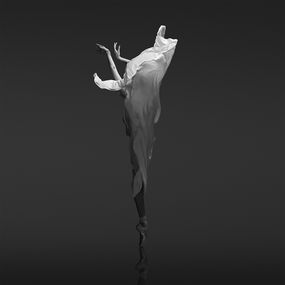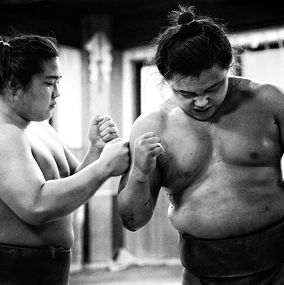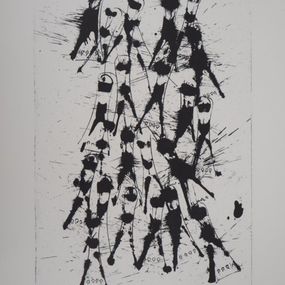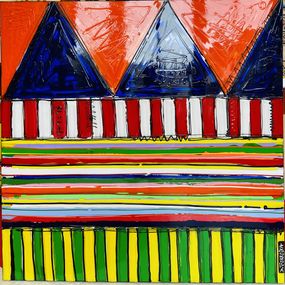
Code barre (Circus )
David Ferreira
Painting - 100 x 100 x 2 cm Painting - 39.4 x 39.4 x 0.8 inch
$2,987
Born from the minds of Pablo Picasso and Georges Braque, Cubism is a highly influential style of visual arts of 20th century Paris. Between 1907 and 1914, Cubism emphasized the flat, two-dimensional surface of the picture plane and disregarded traditional techniques and the theory that art should imitate nature. By abandoning perspective and modeling, Cubism could focus on testing the boundaries of texture, space and of course – color. By radically fragmenting objects in their depictions, Cubism derived its name from remarks by the critic Louis Vauxcelles, who derisively described Braque's 1908 work Houses at L'Estaque as being composed of cubes. Deeply inspired by Paul Cézanne, both Braque and Picasso redefined Cubist portraits as being rendered through color, with warm reddish-browns advancing and cool blues receding. The movement developed from Analytical Cubism to Synthetic Cubism after 1912 with color playing a strong role along with shapes and mixing mediums to include newspapers or tobacco wrappings pasted onto the canvas. Cubism was adopted and further developed by many portrait painters, including Fernand Léger and both Robert and Sonia Delaunay and can even be seen today in works by Uli Fischer. Fischer's use of color gives him balance and strength, noting that one of his favorite quotes is :
"The purest and most thoughtful minds are those who love color the most." John Ruskin (1819 - 1900)

Painting - 100 x 100 x 2 cm Painting - 39.4 x 39.4 x 0.8 inch
$2,987


Painting - 150 x 50 x 2 cm Painting - 59.1 x 19.7 x 0.8 inch
$2,434
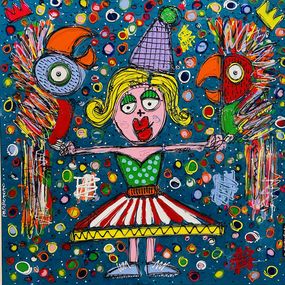

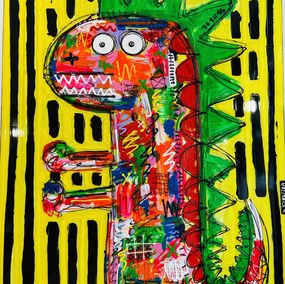


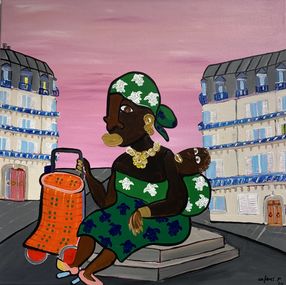
Painting - 70 x 70 x 2 cm Painting - 27.6 x 27.6 x 0.8 inch
$6,639

Print - 56.7 x 85 x 0.1 cm Print - 22.3 x 33.5 x 0 inch
$443
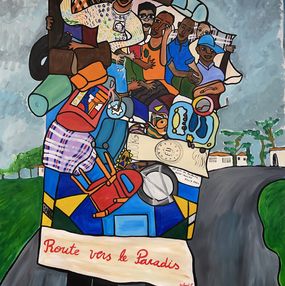
Painting - 205 x 150 x 2 cm Painting - 80.7 x 59.1 x 0.8 inch
$16,597

Painting - 59 x 81 x 2 cm Painting - 23.2 x 31.9 x 0.8 inch
$6,639

Painting - 140 x 140 x 2 cm Painting - 55.1 x 55.1 x 0.8 inch
$12,171

Painting - 130 x 89 x 2 cm Painting - 51.2 x 35 x 0.8 inch
$9,958
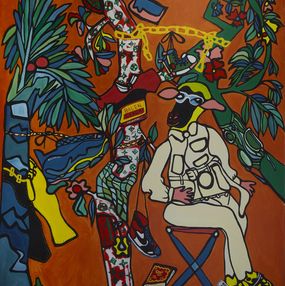
Painting - 260 x 210 x 2 cm Painting - 102.4 x 82.7 x 0.8 inch
$25,925
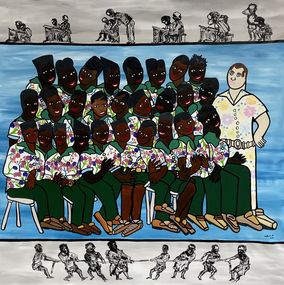
Painting - 200 x 270 x 2 cm Painting - 78.7 x 106.3 x 0.8 inch
$25,449




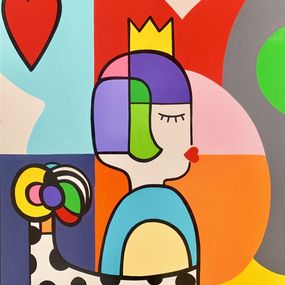

Painting - 73 x 54 x 2 cm Painting - 28.7 x 21.3 x 0.8 inch
$1,328
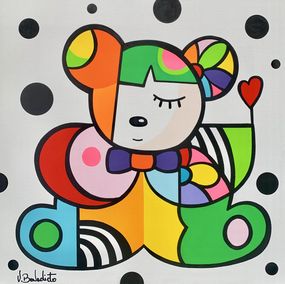
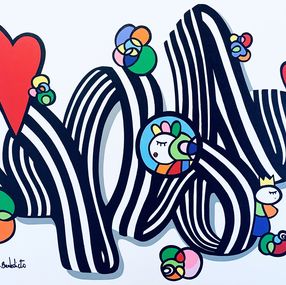


Design - 120 x 120 x 3 cm Design - 47.2 x 47.2 x 1.2 inch
$2,202

Painting - 81 x 100 x 4 cm Painting - 31.9 x 39.4 x 1.6 inch
$3,098



Painting - 120 x 120 x 5 cm Painting - 47.2 x 47.2 x 2 inch
$4,315

Design - 105 x 155 x 3 cm Design - 41.3 x 61 x 1.2 inch
$2,434 $1,217


Fine Art Drawings - 21 x 29.7 x 0.1 cm Fine Art Drawings - 8.3 x 11.7 x 0 inch
$2,102
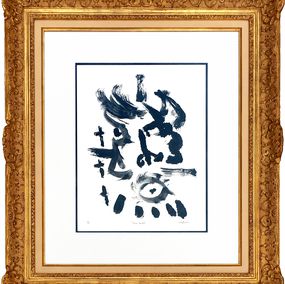

Sculpture - 100 x 40 x 6 cm Sculpture - 39.4 x 15.7 x 2.4 inch
$9,405
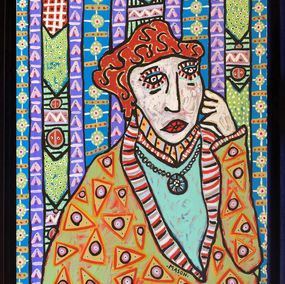
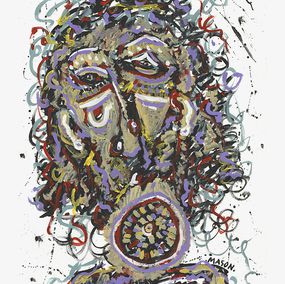
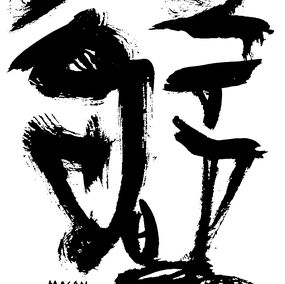

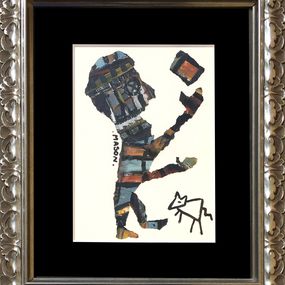
Fine Art Drawings - 42 x 30 x 0.1 cm Fine Art Drawings - 16.5 x 11.8 x 0 inch
$4,315
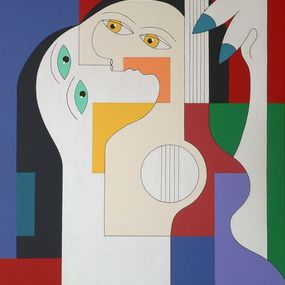
Painting - 100 x 80 x 4 cm Painting - 39.4 x 31.5 x 1.6 inch
$4,205


Painting - 59.9 x 50 x 2 cm Painting - 23.6 x 19.7 x 0.8 inch
$2,899
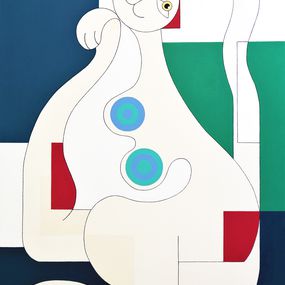
Painting - 100 x 80 x 4 cm Painting - 39.4 x 31.5 x 1.6 inch
$3,541
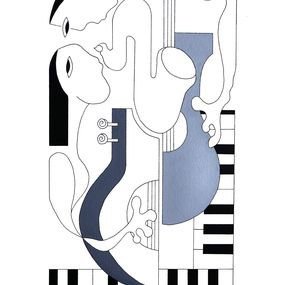
Painting - 76 x 55 x 1 cm Painting - 29.9 x 21.7 x 0.4 inch
$642
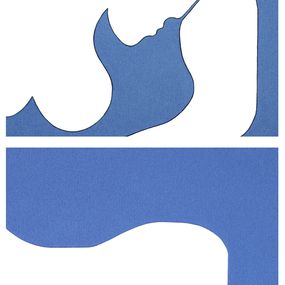
Painting - 140 x 50 x 4 cm Painting - 55.1 x 19.7 x 1.6 inch
$3,098
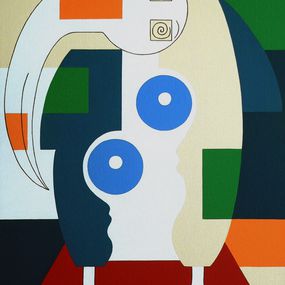
Painting - 70 x 50 x 4 cm Painting - 27.6 x 19.7 x 1.6 inch
$2,102
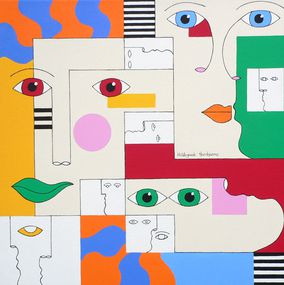


Fine Art Drawings - 40.5 x 25.5 x 0.1 cm Fine Art Drawings - 15.9 x 10 x 0 inch
$332








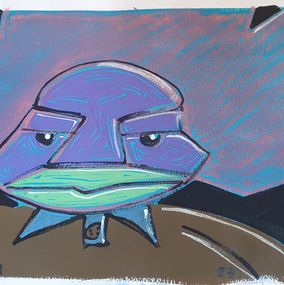
Fine Art Drawings - 15 x 20 x 0.1 cm Fine Art Drawings - 5.9 x 7.9 x 0 inch
$55


Fine Art Drawings - 15 x 20 x 0.1 cm Fine Art Drawings - 5.9 x 7.9 x 0 inch
$55
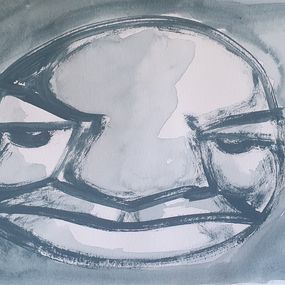
Fine Art Drawings - 15 x 20 x 0.1 cm Fine Art Drawings - 5.9 x 7.9 x 0 inch
$55
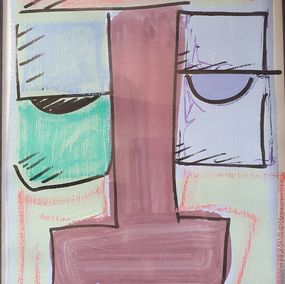
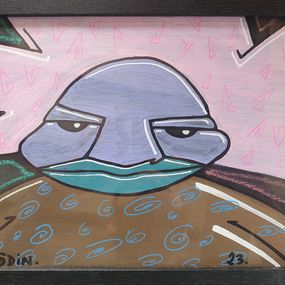
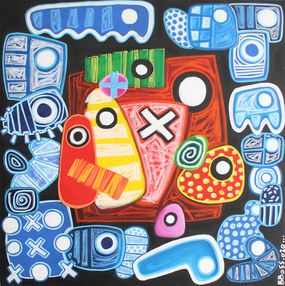
Painting - 80 x 80 x 2 cm Painting - 31.5 x 31.5 x 0.8 inch
$664

Painting - 80 x 80 x 2 cm Painting - 31.5 x 31.5 x 0.8 inch
$719

Painting - 80 x 80 x 2 cm Painting - 31.5 x 31.5 x 0.8 inch
$664
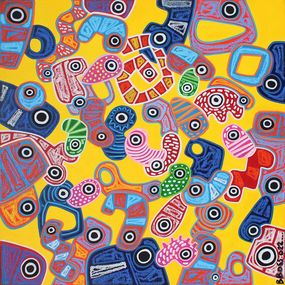
Painting - 80 x 80 x 2 cm Painting - 31.5 x 31.5 x 0.8 inch
$719 $647



Painting - 65 x 81 x 2 cm Painting - 25.6 x 31.9 x 0.8 inch
$609

Painting - 65 x 81 x 2 cm Painting - 25.6 x 31.9 x 0.8 inch
$609

Painting - 80 x 59.9 x 2.5 cm Painting - 31.5 x 23.6 x 1 inch
$2,000

Painting - 59.9 x 80 x 3 cm Painting - 23.6 x 31.5 x 1.2 inch
$1,700

Painting - 99.8 x 69.9 x 3 cm Painting - 39.3 x 27.5 x 1.2 inch
$1,500

Painting - 59.9 x 80 x 3 cm Painting - 23.6 x 31.5 x 1.2 inch
$1,500

Painting - 80 x 59.9 x 3 cm Painting - 31.5 x 23.6 x 1.2 inch
$1,500

Painting - 80 x 59.9 x 2.5 cm Painting - 31.5 x 23.6 x 1 inch
$1,700

Painting - 39.9 x 99.8 x 1.5 cm Painting - 15.7 x 39.3 x 0.6 inch
$1,200

Painting - 99.8 x 59.9 x 2.5 cm Painting - 39.3 x 23.6 x 1 inch
$2,000



